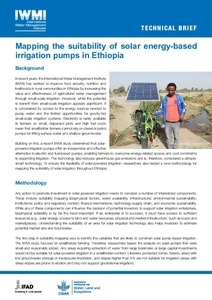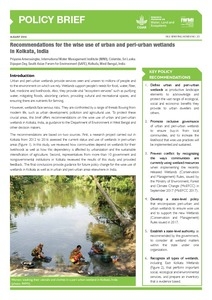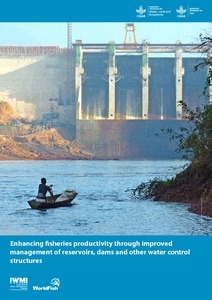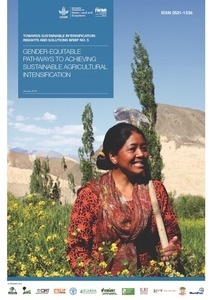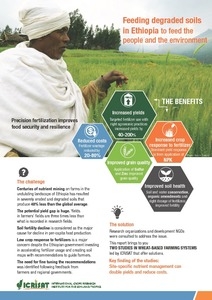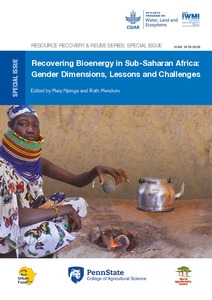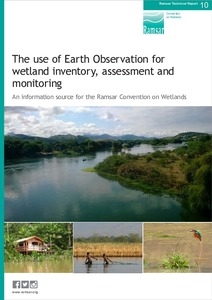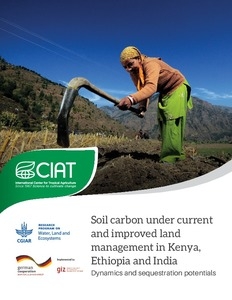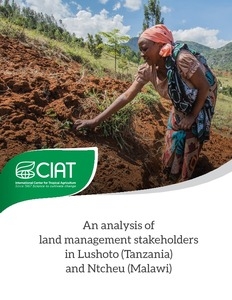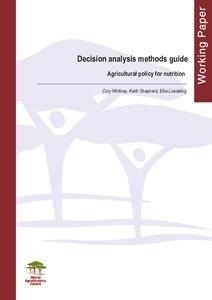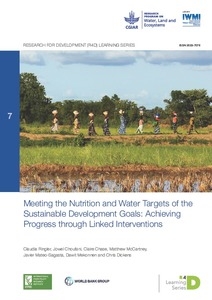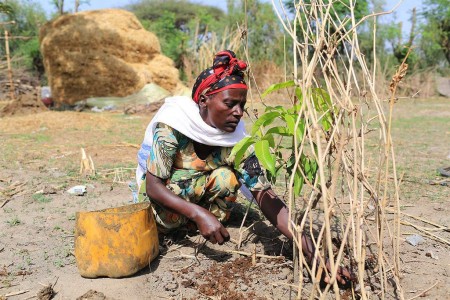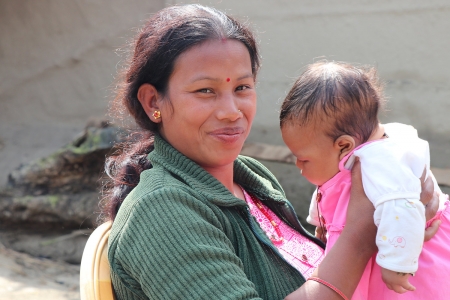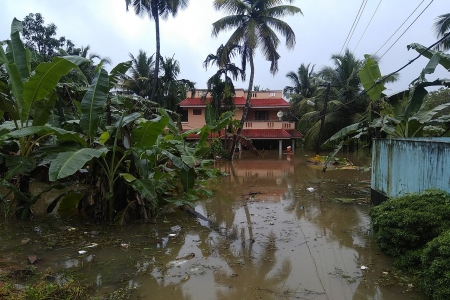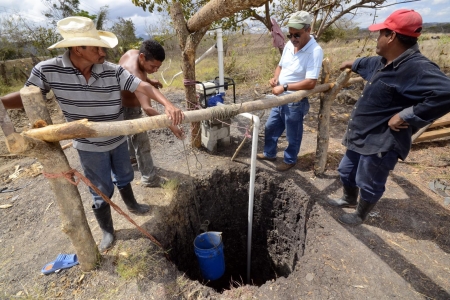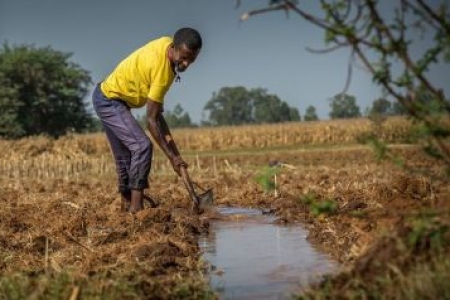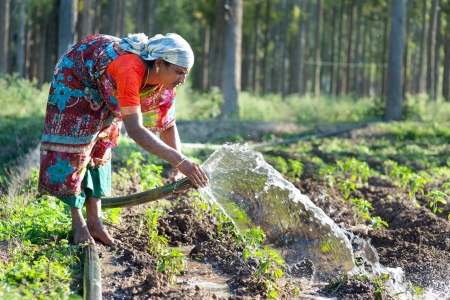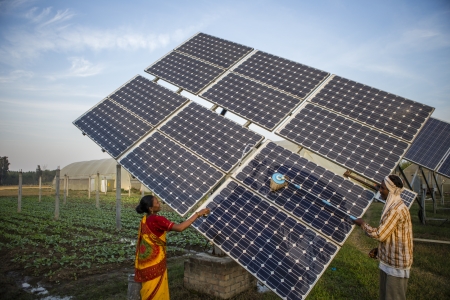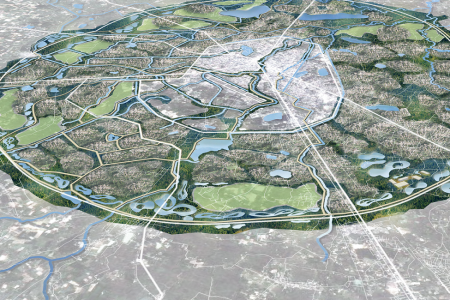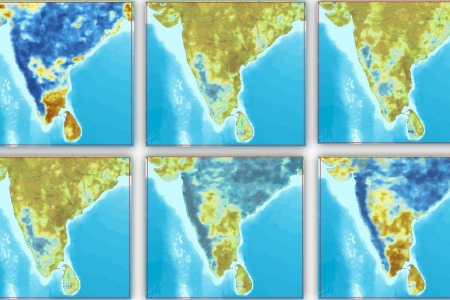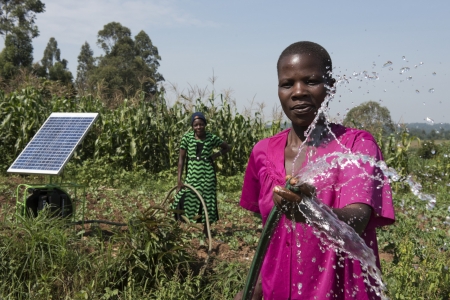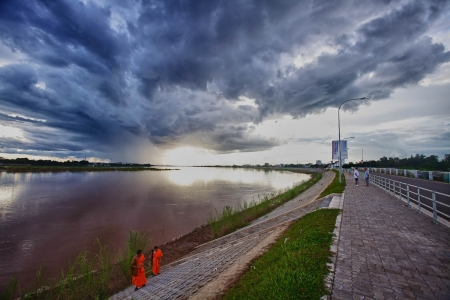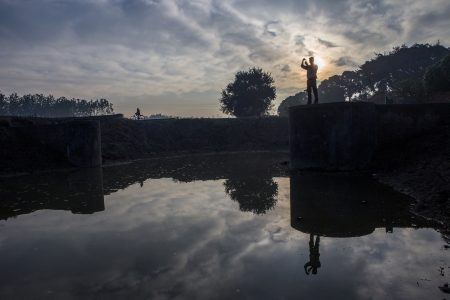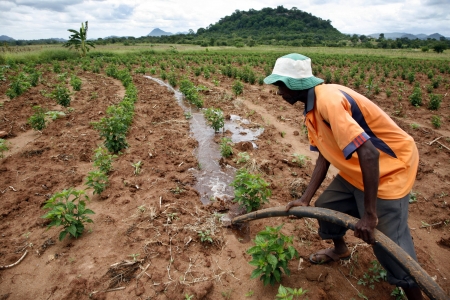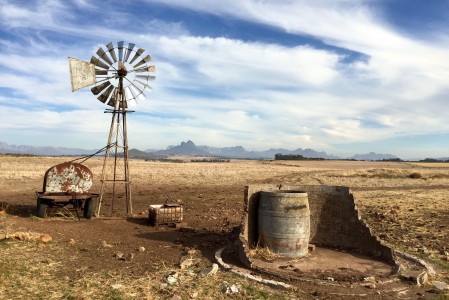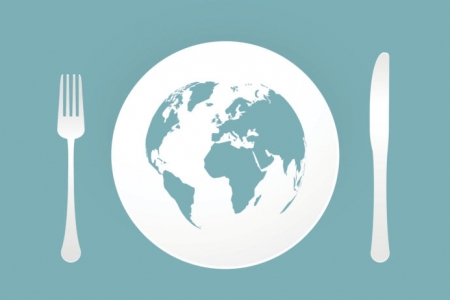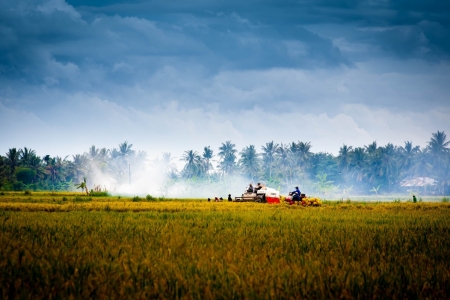The WLE 2018 Annual Report > Planetary boundaries

Environmental flows go global: Indicator and guidelines adopted by UN help countries measure 'water stress'
Countries globally are now better placed to ensure sustainable freshwater use and supply, thanks to new guidelines on monitoring environmental flows developed by the International Water Management Institute (IWMI) and the CGIAR Research Program on Water, Land and Ecosystems (WLE) and adopted and disseminated by the United Nations.
All countries report on environmental flows as part of their self-assessment of progress toward the Sustainable Development Goals (SDGs). Quantifying environmental flows helps monitor progress on Sustainable Development Goal 6.4 on alleviating water scarcity through monitoring 'water stress'.
Environmental flows describe the quantity, quality and timing of water flows needed to sustain freshwater ecosystems as well as the livelihoods and well-being of the people dependent on them. Assessing how much water is needed for environmental flows helps reveal how much freshwater is available for other uses, including economic activities.
Withdrawing a lot of water when supplies are limited can cause 'water stress.' Measuring water stress entails comparing how much freshwater is being withdrawn by all economic activities, to the total renewable freshwater resources available. Managing these levels is crucial to meeting electricity, irrigation, drinking water and sanitation needs.
Yet, many countries still do not have clear criteria on how to define or measure environmental flows. The new methodology and guideline developed by WLE and IWMI contributes to the 'water stress' indicator and ensures that environmental flows can be quantified in all countries.
It is at the country or even local level that this information can really help decision makers decide how to balance water needs with environmental needs. For example, how much water can be withdrawn for industry or how much wastewater can be discharged before soils, fish populations or drinking water is harmed? Improved water management can in turn help ease growing water scarcity challenges, as explicitly pursued under SDG Target 6.4.2.
WLE and IWMI led the development of the environmental flows method and guidelines to support countries’ reporting. The Food and Agriculture Organization of the United Nations (FAO) is distributing these to all countries. FAO recently launched the guidelines with a live broadcast. During this event, the head of ecosystems in UN Environment, Joakim Harlin, noted that this is the first time that environmental flows is being adopted as part of a global policy.
In tandem with the guidelines, IWMI has substantially upgraded its Global Environmental Flow Information System online calculator for decision makers to determine environmental flows.
FAO is supporting further work to support global experts to refine the approach and develop further guidelines.
Agricultural challengesare meetingtheir matchWLE 2018-19 Research Highlights
Finding the right solutions puts sustainable agriculture within reach
Sustainable agriculture faces a constellation of ever-shifting challenges. Our world’s population grows toward ten billion, but there is now indisputable evidence of multiple serious social and environmental impacts caused by current agricultural and food systems. We are fast approaching our limits.
Play the Sustainable Agriculture Match GameClick two cards. If the pictures match, the WLE solution will pop up! If not, try again with two more cards
Planetary boundaries
Food systems are a major driver of the unsustainable use of the planet’s increasingly fragile ecosystems. Water, land, forests and the biodiversity are precious, yet finite, natural resources. Current trends show that we are pushing the limits of what Earth can handle. How can we transform agriculture so that it's no longer part of this problem, but part of the solution?
Ann Tutwiler (CGIAR Research Program on Water, Land and Ecosystems (WLE))Board Chair
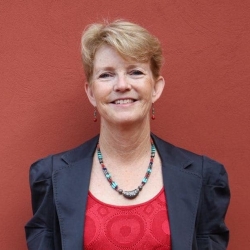
WLE is establishing a commission to convene global experts on sustainable intensification of agriculture. These experts will bring together years of research by WLE, our CGIAR partners and other science institutions to synthesize the best policies, economic incentives, tools, technologies and practices as well as lay out a roadmap for a sustainable and equitable food future.
Step Aston (One Acre Fund)Director - Agriculture Research
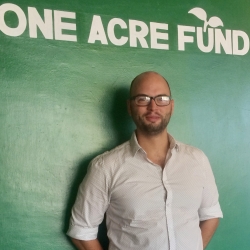
Access to reliable, large-scale, low-cost soil data is an important part of our efforts to develop more locally tailored soil fertility management recommendations and monitor the long-term impacts of our programs on soil health. To date, our soil lab has processed 50,000 soil samples, deriving insights to inform program strategy and decision-making in six countries. This effort would have been cost-prohibitive were it not for the technological breakthroughs and support delivered by the soil-plant diagnostic laboratory.
Food availability
Population growth, demographic shifts, dietary change, climate change and environmental decline challenge everything we know about how to grow and share food. Yet, food production must increase – some estimates say by 50 percent globally, and by almost 100 percent in Africa and Southeast Asia by 2050. But it’s not only about increased production. Better, healthier and more nutritious food is needed too.
Diego Senoner (Indo-German Energy Program)Technical expert

A well-designed KUSUM (Indian solar pump and grid-connected power plant scheme) policy for solar-powered irrigation is important for India to secure sustainable development of agriculture, maintain food security and safeguard groundwater during times of changing climatic conditions.
Marcela Quintero (International Center for Tropical Agriculture (CIAT))Agroecosystems and sustainable landscapes research area director
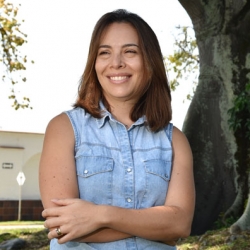
This data platform for improving water management demonstrates the potential that alliances between research centers and development agencies have to generate products that provide concrete solutions to real problems in agriculture. Likewise, these partnerships allow technical and scientific products to reach end users faster.
Equality of opportunity
In this era of planetary degradation, the world’s poorest and most marginalized often bear the brunt of the burden, losing livelihoods and opportunities. This can drive conflict and migration. With men increasingly leaving rural areas, women are playing a greater role in agriculture, but are still often marginalized and lack access to decision making and resources. At the same time, the sector offers fewer viable jobs to youth. Solutions are only sustainable if they are also equitable.
Abdullaeva Uguloi (Water user association of Obchakoron District, Halivad Jamoat, Tatjikistan)Head of WUA
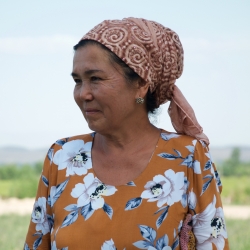
All water user associations should be headed by women. There is so much work, especially at the beginning, but you have to balance so many tasks, and you cannot give up. Women are more likely to overcome barriers. You have to be happy to always be working. Women are much better at this than men.
Miriam Otoo (International Water Management Institute (IWMI))Research group leader for resource recovery and reuse
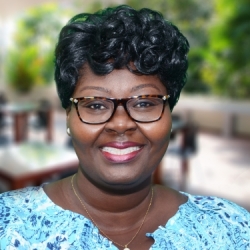
The business of safe recovery of water, nutrients and energy from domestic and agro-industrial waste offers significant opportunities to generate economic and social benefits to women and unemployed youth, especially in developing countries. These entrepreneurs, however, face high market entry barriers due to a lack of social networks, specialist skills and capital. It is therefore important to identify appropriate business training for youth or women entrepreneurs, tailored to their specific needs and capacity gaps under each unique geographical context.
2018 Publications highlights
WLE in the news
Thrive Blog Highlights
WLE is grateful for the support of CGIAR Trust Fund Contributors, including direct support from
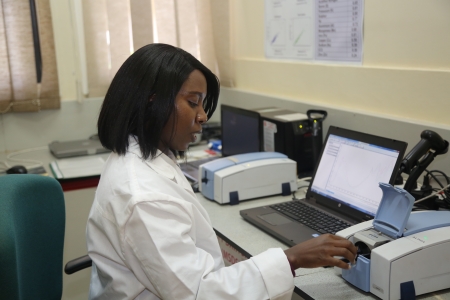
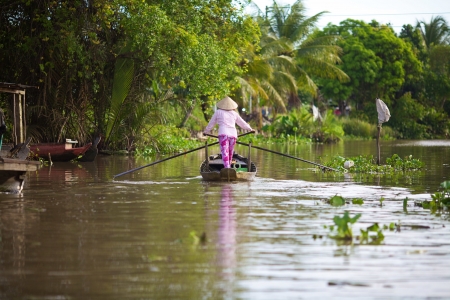
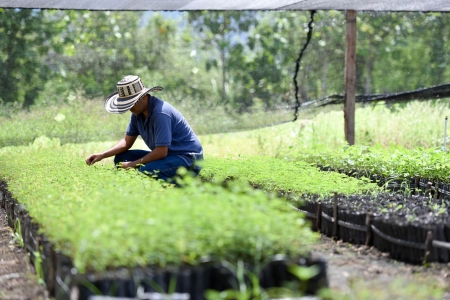
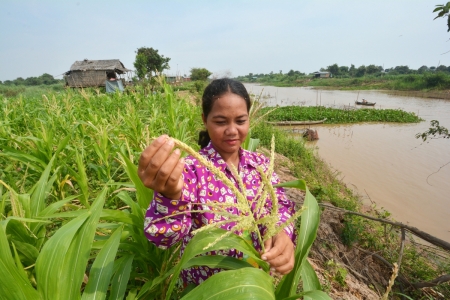
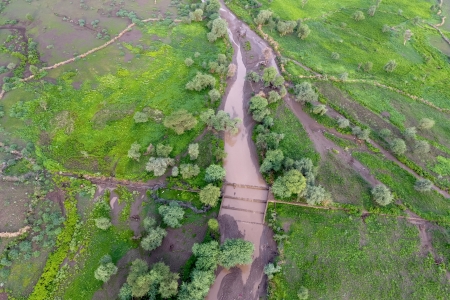
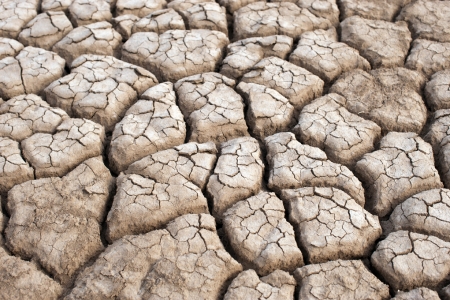
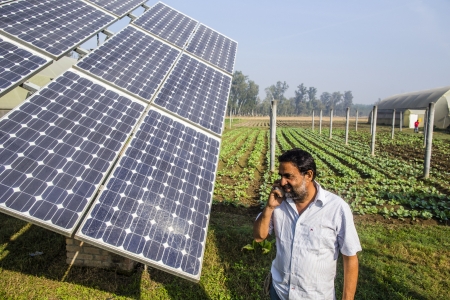
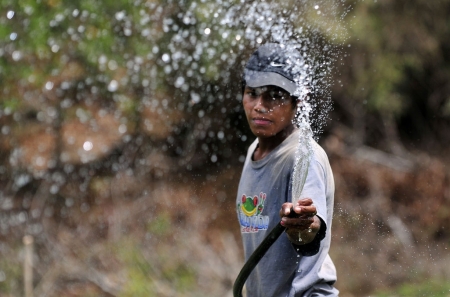
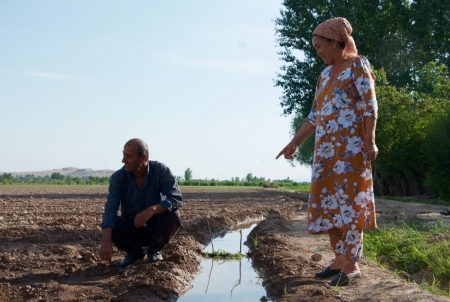
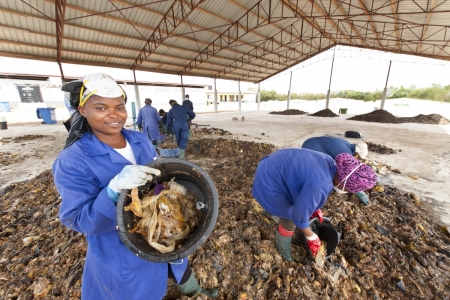
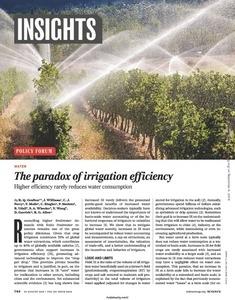
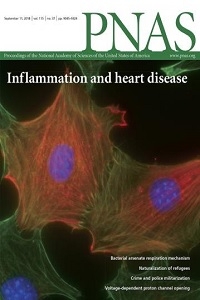
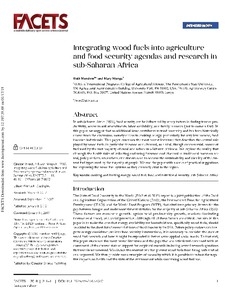
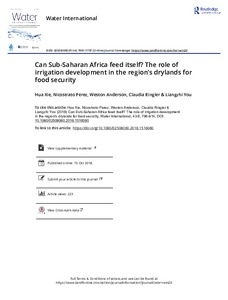
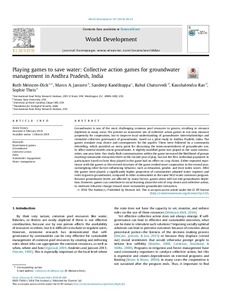
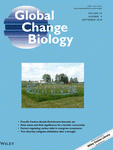

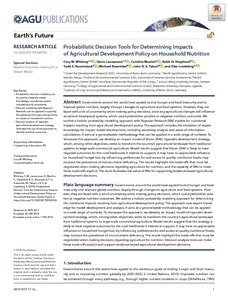
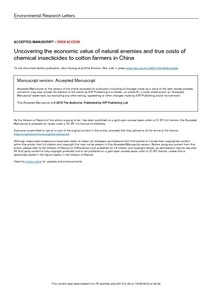
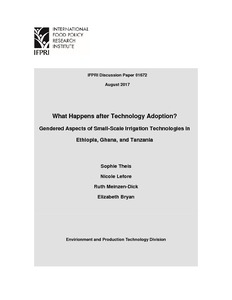
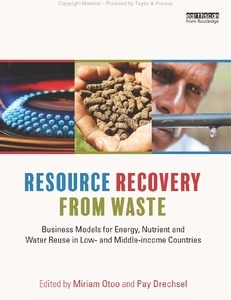
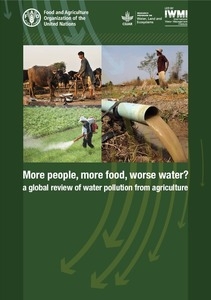
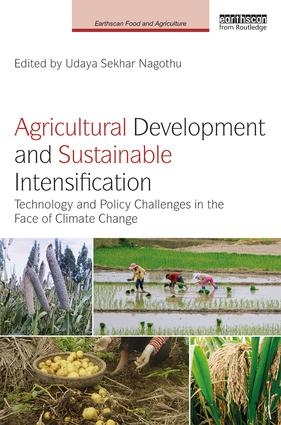
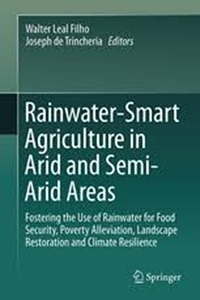
.pdf_/index.jpg?itok=1PqCyZYF)
